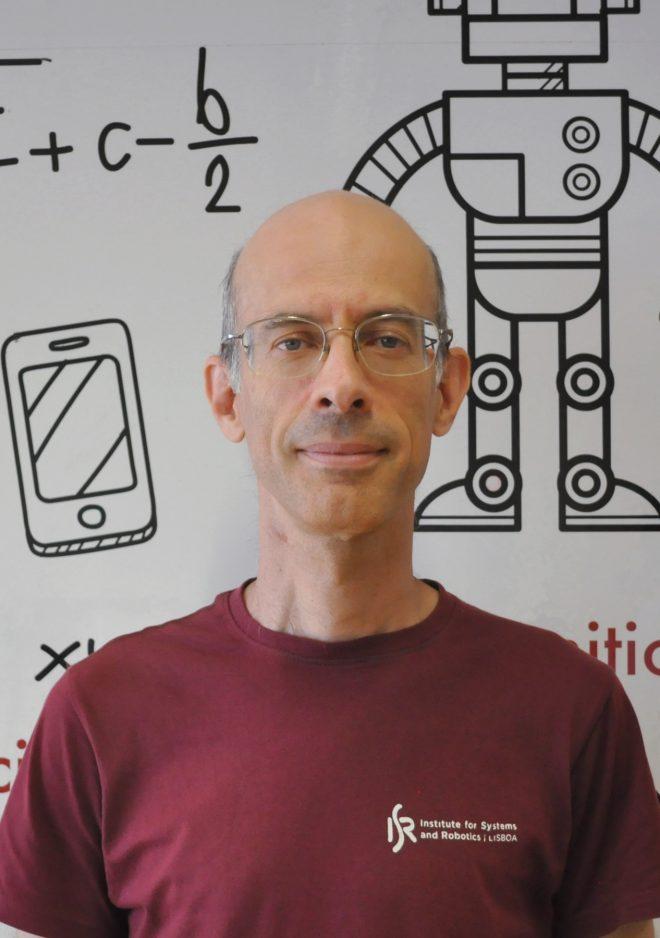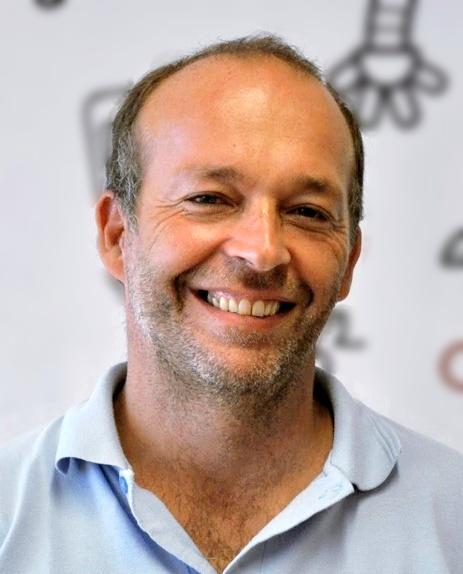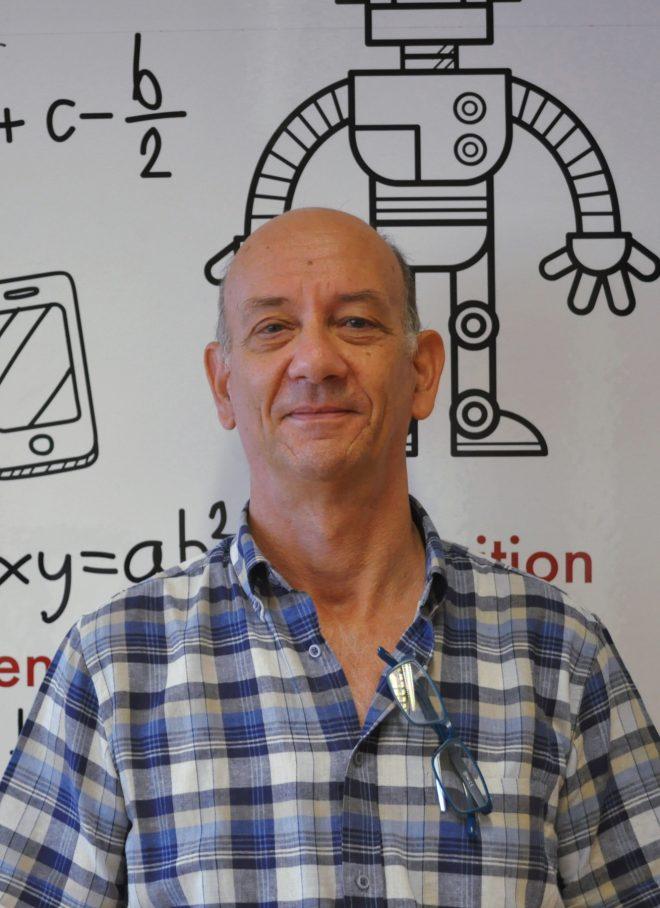| Acronym | VENUS |
|---|---|
| Name | Virtual ExploratioN of Underwater Sites |
| Funding Reference | EU-FP6-IST- 034924 |
| Dates | 2006-07|2009-06 |
| Summary | The VENUS project aims at providing scientific methodologies and technological tools for the virtual exploration of deep underwater archaeology sites. Underwater archaeological sites, for example shipwrecks, offer extraordinary opportunities for archaeologists due to factors such as darkness, low temperatures and a low oxygen rate which are favourable to preservation. On the other hand, these sites cannot be experienced first hand and today are continuously jeopardised by activities such as deep trawling that destroy their surface layer. The VENUS project will improve the accessibility of underwater sites by generating thorough and exhaustive 3D records for virtual exploration. The project team plans to survey shipwrecks at various depths and to explore advanced methods and techniques of data acquisition through autonomous or remotely operated unmanned vehicles with innovative sonar and photogrammetry equipment. Research will also cover aspects such as data processing and storage, plotting of archaeological artefacts and information system management. This work will result in a series of best practices and procedures for collecting and storing data. Further, VENUS will develop virtual reality and augmented reality tools for the visualisation of an immersive interaction with a digital model of an underwater site. The model will be made accessible online, both as an example of digital preservation and for demonstrating new facilities of exploration in a safe, cost-effective and pedagogical environment. The virtual underwater site will provide archaeologists with an improved insight into the data and the general public with simulated dives to the site. The VENUS consortium, composed of eleven partners, is pooling expertise in various disciplines: archaeology and underwater exploration, knowledge representation and photogrammetry, virtual reality and digital data preservation. |
| Research Groups |
Computer and Robot Vision Lab (VisLab) Dynamical Systems and Ocean Robotics Lab (DSOR) Signal and Image Processing Group (SIPG) |
| Project Partners | CNRS (FR), IST/ISR - Instituto Superior TEcnico/Institute for Systems and Robotics (PT), ISME - Università degli Studi di Genova (IT), SIMVIS - University of Hull (UK), UEVE - Université d’Evry Val d’Essonne (FR), LFUI - Leopold-Franzens-Universität Innsbruck (AT), COMEX (FR), MCC - Department for Underwater and Undersea Archaeological Research (FR), MIBAC-SBAT - Soprintendenza Beni Archeologici della Toscana (IT), UoY-ADS University of York (UK), CNANS - Portuguese Institute of Archaeology (PT) |
| ISR/IST Responsible | |
| People |











